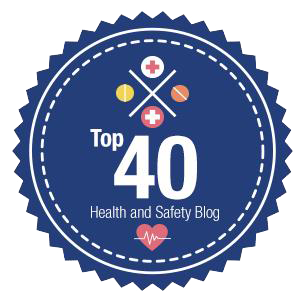- organisation
- job or occupation
- the individual employee
- The process of assessing what training is necessary at any of these levels is known as a training needs analysis.
- Evaluation of the effectiveness of the training should be planned.
Training is an essential element of any safety management system. Training can improve competence, and alter behaviour and attitudes. However, before embarking on a training programme thought should be given to what training can achieve — and its limitations.
Having established clear aims and objectives, selected the mode of training accordingly, and delivered the training, it is vital to evaluate its effectiveness, as this topic describes.
- Employers are legally obliged to provide suitable and sufficient health and safety training. Many criminal and civil cases have revolved around an employer’s failure to provide adequate training.
- Training can improve the safety culture of an organisation, create more positive attitudes and safety behaviour among staff and reduce accident rates. Training is often required at all levels in an organisation.
- Health and safety training may be based broadly on one of the following two methodologies.
- Face-to-face methods, such as classroom-based training, “toolbox talks”, job instruction, workshops, role play and exercises.
- Resource-based learning, such as computer-based training and open learning/distance learning.
- The choice of training method is determined by the objectives, eg whether concerned with the recall of information, individual attitudes and perceptions, or physical activities or tasks.
- Always evaluate the training to ensure that it has met its objectives.
If you require assistance for a training programme, please contact Walker Health and Safety Services.









